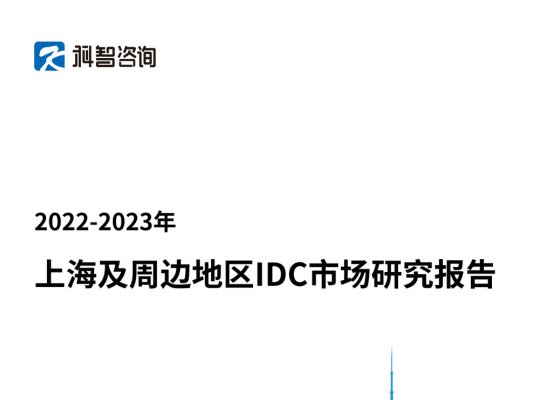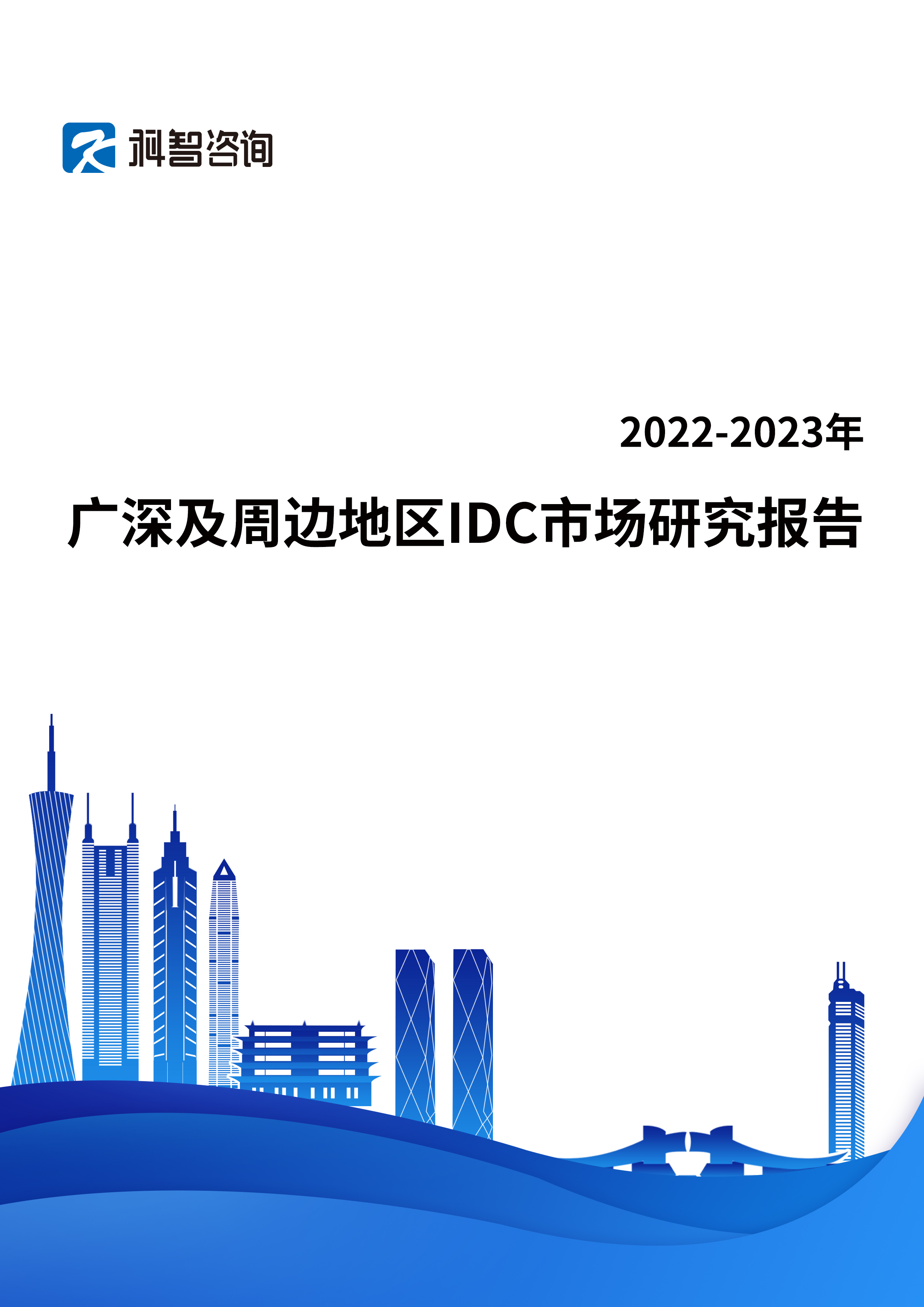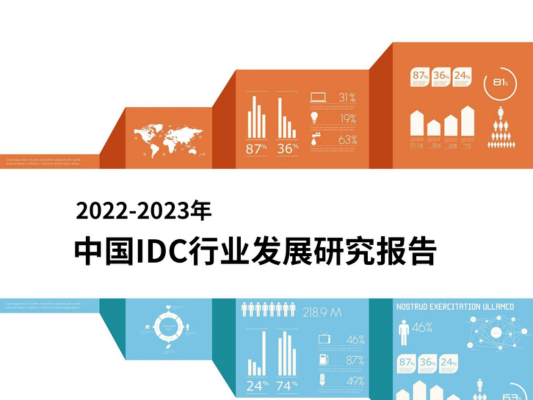Will support several pilot projects on Jurong Island
Ammonia is being studied in Singapore as a potential power source for data centers.
Amogy, an Ammonia-to-power firm, has partnered with the Agency for Science, Technology and Research (A*Star), a Singaporean public sector R&D agency, to explore the potential of ammonia-based technologies in powering the city-state's data center sector.
The two companies signed a Memorandum of Understanding (MoU) to explore ammonia-to-power systems on Jurong Island. As part of the MoU, A*Star plans to provide expertise in safety and standards, assess costs and sustainability, and develop new technologies to help scale ammonia-to-power systems safely and effectively.
“A*Star looks forward to our partnership with Amogy to support Singapore’s National Hydrogen Strategy and our own efforts in sustainable energy and chemicals,” said professor Lim Keng Hui, assistant chief executive, Science and Engineering Research Council (SERC), A*Star.
“By advancing technologies for low- or zero-carbon ammonia for power generation and bunkering, we can help pave the way to decarbonise hard-to-abate industries. I look forward to programme outcomes that will contribute substantively to Amogy’s and Singapore’s economic and sustainability goals.”
Brooklyn-based Amogy will provide its proprietary ammonia-to-power system, which utilizes catalyst materials to crack ammonia into hydrogen, which is subsequently converted into electricity through hydrogen fuel cells or engines.
The collaboration is expected to comprise a demonstration of ammonia-to-power systems on Jurong Island, joint R&D efforts on the advancement of ammonia-cracking catalyst technologies, and the development of digital tools and workforce training to support system integration and scale-up efforts.
The companies will then aim to validate the performance of the technology within real-world conditions. A major focus will be on decarbonizing the Singaporean data center sector, which is projected to grow significantly, posing a challenge for the country in sourcing low-carbon energy to power it.
“We are excited to partner with A*Star to demonstrate the potential of ammonia-powered technology in Singapore,” said Seonghoon Woo, CEO of Amogy. “This collaboration marks an important step toward advancing decarbonization in critical sectors such as data centers and heavy industry, while contributing to Singapore’s leadership in driving towards a low-carbon future.”
Ammonia cracking is a chemical process that utilizes heat and a catalyst to break down ammonia into hydrogen and nitrogen. The hydrogen produced by the reaction can then be fed into fuel cells, blended with conventional fuels, or purified for industrial use. Proponents consider it one of the most efficient ways to transport and supply hydrogen energy.
However, the technology faces several challenges, namely its significant energy requirements, limited performance of catalysts, and the risk of producing hydrogen that falls short of the purity required for sensitive applications.
There has not been much movement in the use of ammonia cracking technology within the data center sector as of yet. Back in 2022, Fujitsu said that it was possible that data centers in the future could be powered by ammonia, with the company reportedly working on a cleaner method to manufacture the caustic gas required for the cracking process.
Singapore has had a moratorium on new data center developments since 2019 due to concerns about energy use, although already authorized facilities were allowed to be built after this point. The ban was relaxed slightly in July 2022 when the Singapore Economic Development Board and the IMDA announced a pilot scheme allowing companies to bid for permission to develop new facilities.
Equinix, GDS, Microsoft, and a consortium of AirTrunk and TikTok-owner ByteDance have since been granted permission for a combined 80MW of new capacity. The government also hopes to unlock a further 300MW of data center capacity through industry energy efficiency initiatives.
Source: DCD




